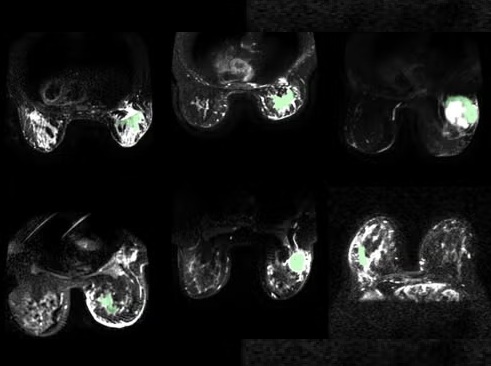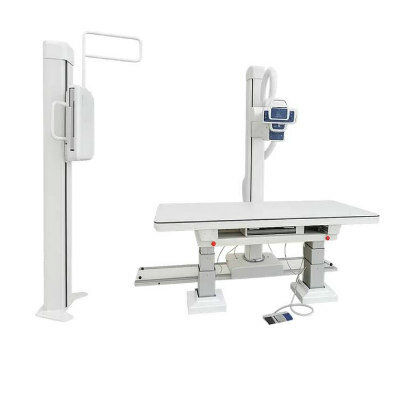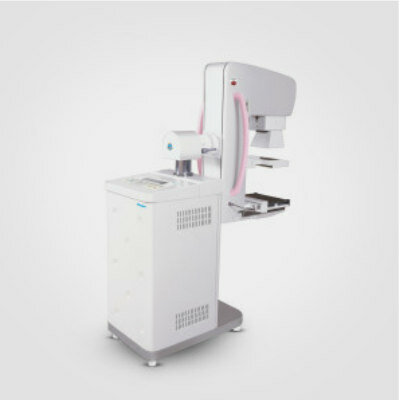AI-Enhanced MRI Images Make Cancerous Breast Tissue Glow
Posted on 21 Feb 2025
An innovative imaging technology developed and refined by researchers offers the potential for more accurate detection and treatment of breast cancer by improving the ability to pinpoint cancerous tissue. Initially applied to prostate cancer, this advanced form of magnetic resonance imaging (MRI) has now been enhanced with artificial intelligence (AI) to allow cancerous tissue to visibly "light up" or glow in comparison to healthy breast tissue in images.
To adapt this technology for breast cancer, researchers at the University of Waterloo (Ontario, Canada) utilized pre-treatment images from over 350 patients across 10 medical institutions, as part of a study by the American College of Radiology Imaging Network. The system operates by taking advantage of specific physical characteristics of breast tissue, such as its density. It analyzes how the irregular arrangement of cells affects the movement of water molecules in cancerous tissue compared to healthy tissue. This approach, known as synthetic correlated diffusion imaging (CDI), was detailed in the journal Sensors. The technology highlights the differences between healthy and cancerous tissue by capturing, synthesizing, and mixing MRI signals at various gradient pulse strengths and timings.

The result is a much more precise delineation of cancerous tissue, which could be a valuable tool for doctors and radiologists. CDI offers surgeons more accurate information about tumor margins, enabling them to remove just the right amount of tissue. This could minimize the need for further surgeries, ensuring all cancerous tissue is excised during the first operation. Researchers now aim to extend the use of this imaging technology to other types of cancer, particularly those affecting the neck and head, including brain cancer.
“This technology has great potential to not only improve breast cancer detection, but also treatment. Our images contain key predictive information to help clinicians determine the best courses of action for treating each patient,” said Dr. Alexander Wong, a professor in the Department of Systems Design Engineering at the University of Waterloo. “We have already illustrated great potential for prostate cancer and now we are seeing promising results for breast cancer. It’s extremely encouraging that we’ll be able to expand and help in other areas as well.”














